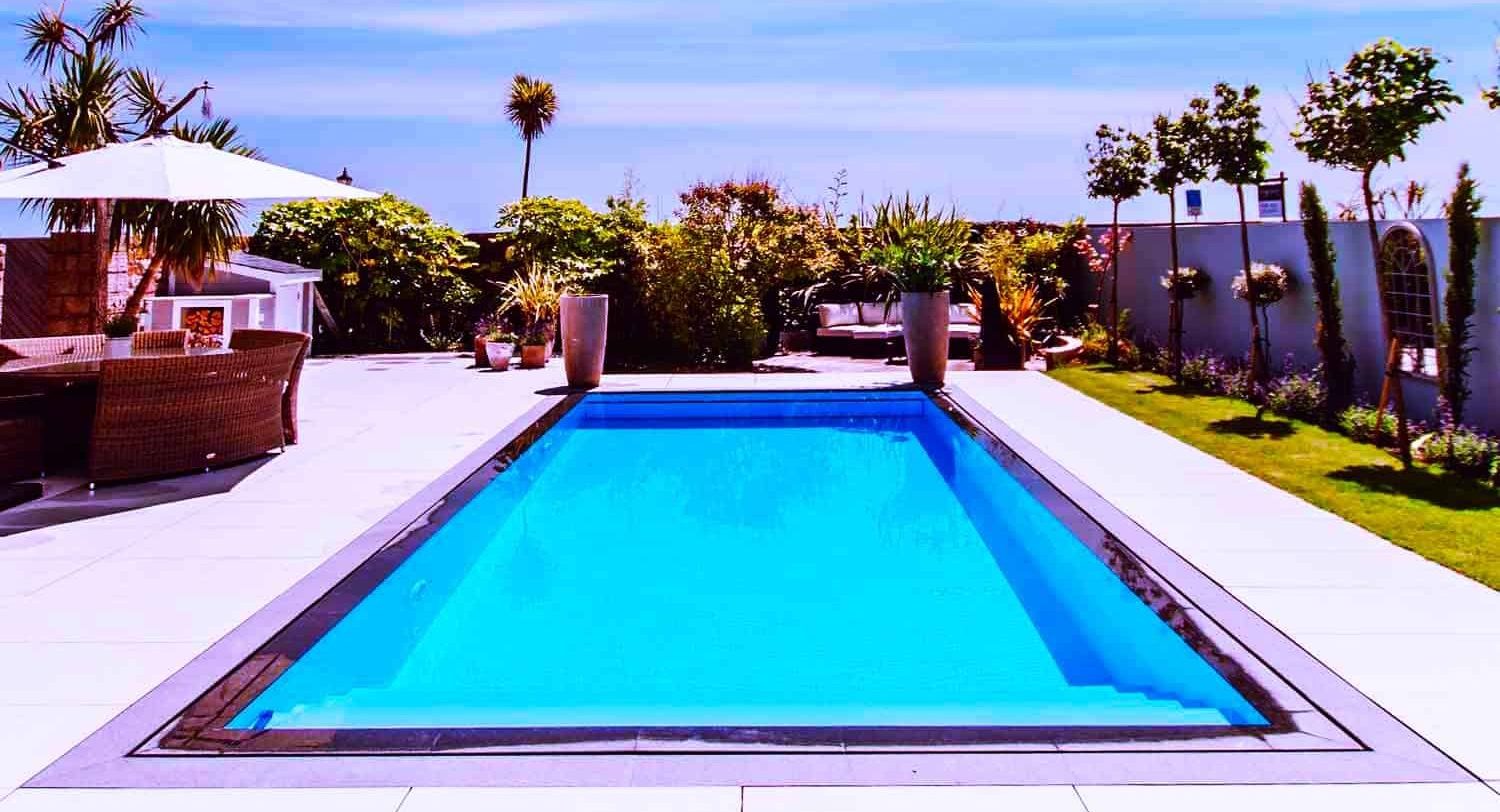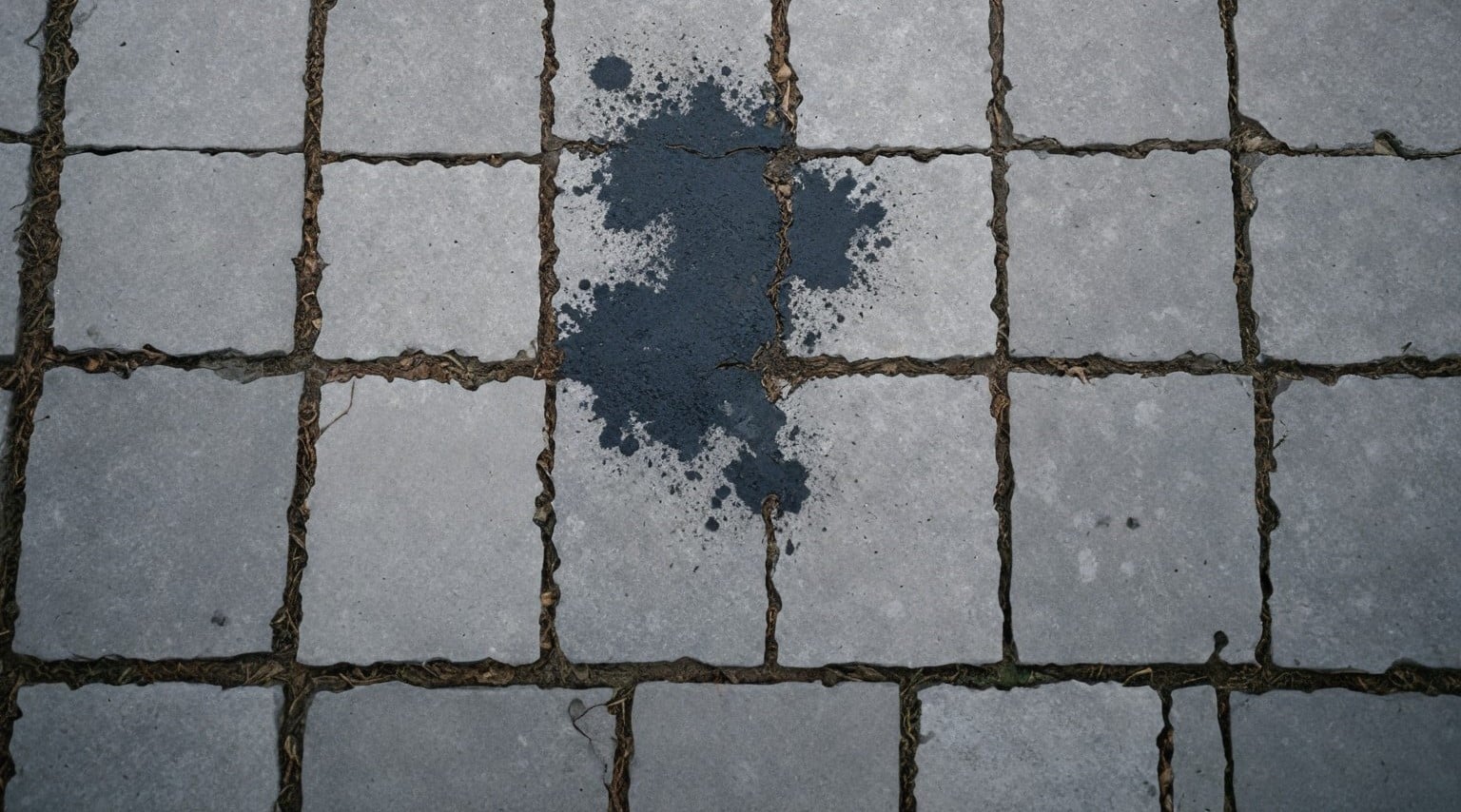Using the right landscaping color palette is a question of good outdoor area design. From the lush greens of plants to the rich hues of flowers and hardscaping materials, selecting the perfect colors makes all the difference. The psychological impact of color temperatures influences the landscaping color palette.
Color Theory
Hues of colors add another layer of depth and complexity to garden landscapes. They’re usually created by mixing a primary color with a bordering secondary color on the wheel.
The result is a rich palette of options like:
- Lime green;
- Coral;
- Teal.
These hues are often used to introduce subtle nuances or bold statements into the garden. Tertiary colors are particularly useful for adding visual interest to areas that might blend into the background.
Using these principles in your landscaping boosts the appeal of your home and impacts emotional well-being. Colors have the power to evoke feelings. Blues and greens are known for their calming effects, while reds and yellows can stimulate energy and happiness.
Exploring Different Color Schemes
Monochromatic color schemes involve various shades of a single color. In landscaping, this approach can create a serene and cohesive look. For instance, using shades of green from lime to forest can mimic the natural progression seen in woodland areas. This scheme is particularly effective in creating depth and interest with a single hue.
A garden could feature light green ferns against darker green shrubs, with medium greens filling the spaces in between. This would create a layered effect that feels both lush and expansive.
Analogous harmony
Analogous color schemes use colors that are next to each other on the color wheel. This combination often includes one dominant color, supported by two adjacent colors to enrich the visual appeal.
Landscapes using analogous schemes might blend:
- Warm colors — red, orange, and yellow for a sunset effect;
- Cool colors — such as violet, blue, and green for a calming place.
Planting orange marigolds alongside yellow sunflowers and red zinnias can evoke the warmth and energy of summer days. Such a combination looks especially good next to the pool. We have already told you how to choose the right pool contractor.
Complementary contrast
Complementary color schemes are based on colors opposite each other on the color wheel. They introduce high contrast and vibrancy into garden designs. Pairing violet with yellow or blue with orange creates dynamic visuals that draw attention to specific garden features.
Implementing this scheme could mean placing silver lavender plants near bright yellow daisies. The contrast between the plants in the landscape accentuates the extraordinary beauty of each and adds drama to the overall picture.
Influences of nature
Observing local flora and seasonal changes can inspire choices that resonate with the surrounding environment. A beachside garden might lean towards pastels and blues to reflect the oceanic vistas, while a mountain retreat may favour earth tones and deep greens.
Landscapers often consider these natural palettes when planning gardens to provide they complement rather than compete with their environment. Mimicking nature’s color combinations, designers can create outdoor spaces that feel like an extension of the natural world around them.
Boosting Designs with Monochromatic Schemes
Monochromatic color schemes offer a simplistic yet sophisticated approach to garden design. This method relies on the subtle differences within one hue to add depth and complexity to the landscape.
Each element, from flowers to foliage, contributes to a unified visual experience. This unity simplifies decision-making for both designers and homeowners, as it narrows down choices to variations of one color. Such simplicity also extends to maintenance. With fewer colors in play, keeping the garden looking its best becomes less complicated.
Monochromatic schemes excel in creating tranquil outdoor spaces. The use of one color promotes a sense of calmness and serenity that is often sought after in gardens. This effect is particularly potent in shades of green or blue, which naturally evoke feelings of peace and relaxation.
Using Foliage for Dynamic Colors
Foliage enriches a landscaping color palette. Leaves, with their numerous hues, offer a more enduring source of color than the fleeting blooms of many plants. If you’re looking to maintain a wholesome look and introduce variety, select plants that share a common hue but differ in intensity or shade.
Arranging plants in order from light to dark or vice versa can achieve a gradient effect. This method subtly shifts the viewer’s attention across the landscape, creating a sense of movement.
Truly leveraging foliage for dynamic colors in landscaping mississauga design requires careful consideration of plant combinations and placement. Gardeners must also account for how sunlight and shade will affect the appearance of various hues throughout the day and across seasons. Mixing evergreens with deciduous plants that change color in fall can achieve year-round interest.
Seasonal Colors Impact on Landscape
The transition of seasons brings a dynamic shift in the landscape’s visual appeal. As fall approaches, the landscape’s colour palette shifts to warmer tones. These changes reflect the season’s beauty and influence garden planning and design.
Plants that peak at different times of the year are an awesome idea. This method guarantees that a garden remains vibrant across seasons. For fall, consider adding maple trees or ornamental grasses, known for their striking autumn colors.
Garden planning
Effective garden planning accounts for plants’ seasonal lifecycles and promises a seamless transition through colours as seasons change. Adding evergreens can provide a constant backdrop of green against which seasonal colours pop.
For a garden that transitions smoothly, mix perennials with annuals. Perennials like asters bloom in fall, adding purple and blue hues to your garden. Meanwhile, annuals can fill gaps with their bright summer colours.
Lively plants
Specific plants are renowned for their emotional seasonal colours and significantly improve garden design. For instance, Japanese maples display brilliant red leaves in fall, becoming the focal point of any landscape.
Infiltrate flowering shrubs like hydrangeas as they offer a range of colours from summer into fall. Their ability to change colour based on soil pH adds an intriguing element to landscaping projects.
Evergreen vs Deciduous Plants for Color
Evergreens provide a constant backdrop of color. They remain vibrant throughout the year, offering green hues even in the coldest months. This makes them the number one choice for any landscaping color palette aiming for year-round visual interest.
In contrast, deciduous plants undergo a transformation each season. They bloom in spring, flourish in summer, dazzle with autumn colors, and shed leaves in winter. This seasonal dynamism adds a unique charm but also means periods of dormancy.
Designs for winter
Winter landscapes appear barren without strategic planning. Evergreens maintain structure and colour when deciduous counterparts stand bare.
You may try to add evergreens like:
- Pine;
- Spruce;
- Holly bushes.
This makes sure that your garden retains its charm even under a blanket of snow.
Influencing Spatial Quality with Color
Colors alter how we perceive space. Light hues make an area seem more expansive and airy. They reflect more light, which visually pushes the boundaries of a place outward.
Dark colors, on the other hand, absorb light. This makes spaces feel smaller but adds a sense of coziness and intimacy. Landscapers often manipulate the perception of an area’s size and shape with the color’s assistance.
Leveraging Light for Color Perception
Morning light brings a soft glow that makes colours appear more vibrant and alive. This time of day is ideal for showcasing cool colours like blues and purples in the landscaping colour palette. These hues pop against the gentle light, drawing the eye and creating a serene atmosphere.
Plants with lighter colours, such as lavenders and soft pinks, benefit greatly from the morning light. They capture the eye’s attention without overwhelming it, thanks to the light’s subtle strength.
Midday sun
The midday sun offers the brightest and most direct light. It washes out softer colours but makes bold ones shine. In this intense light, vibrant reds, yellows, and oranges are at their most striking. They stand up well under the strength of the midday sun.
It makes them excellent choices for areas that receive a lot of direct light.
This strong light can also create harsh shadows. Adding plants with variegated or lighter foliage can help balance these effects.
Evening glow
As the sun sets, the lighting becomes warmer and softer again, similar to the morning but with a golden hue. This golden hour is perfect for warm colours like golds, oranges, and reds in your landscaping colour palette.
Under evening light, these colours glow from within, creating a cozy and inviting outdoor space.
Also add reflective surfaces near these plants, such as water features or metallic garden art. The reflection of evening light on water adds an extra layer of beauty to your landscape design.
Artificial lighting
Artificial lighting opens up new possibilities for night-time landscapes. It helps you to highlight specific elements of your garden and alter perceptions of colour after sunset.
When planning artificial lighting:
- Consider the natural shape and colour of plants;
- Use lights to guide attention to focal points;
- Experiment with coloured lights sparingly to avoid creating an unnatural look.
Strategically placed lights improve the natural colours of plants or even introduce new tones not visible under sunlight. Blue LED lights make green foliage appear more vibrant, and soft white lights bring out the best in white flowers or variegated leaves.
Conclusion
The most important to maximize the impact of your landscaping color palette lies in strategic placement. Use evergreens to frame your property or as privacy screens. Intersperse them with deciduous plants that highlight seasonal changes for an engaging landscape design.
Avanti Landscaping employs advanced techniques and promises projects that meet customer expectations and adhere to building codes. They know everything about a well-thought-out landscaping colour palette that conforms to seasonal changes. Their expertise always helps them in the creation of landscapes that fulfill aesthetic goals and are also sustainable through varying weather conditions.

